The SpaceX CEO is also showing photos of its BFR rocket, which could eventually go to Mars.
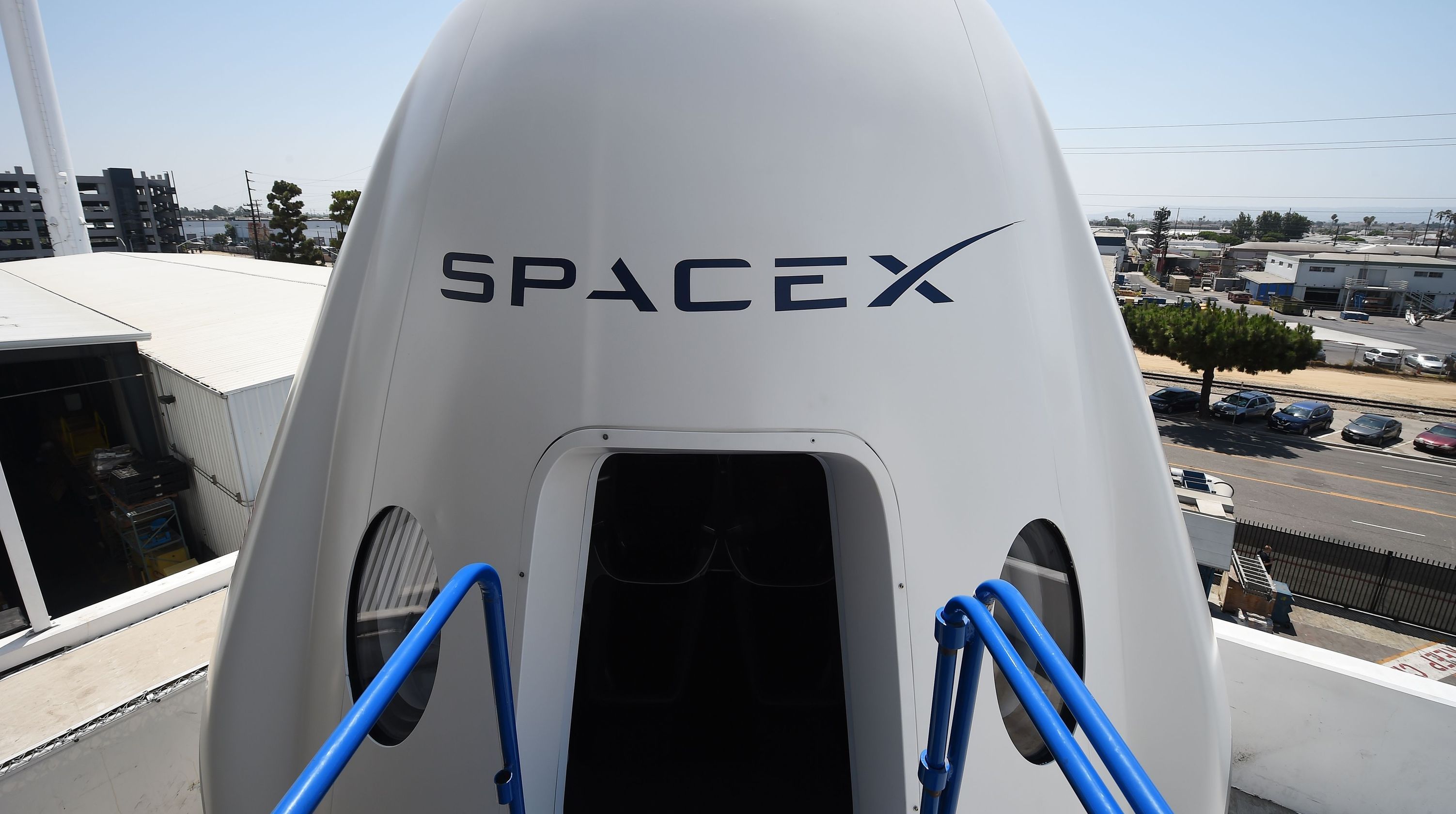

The SpaceX CEO is also showing photos of its BFR rocket, which could eventually go to Mars.
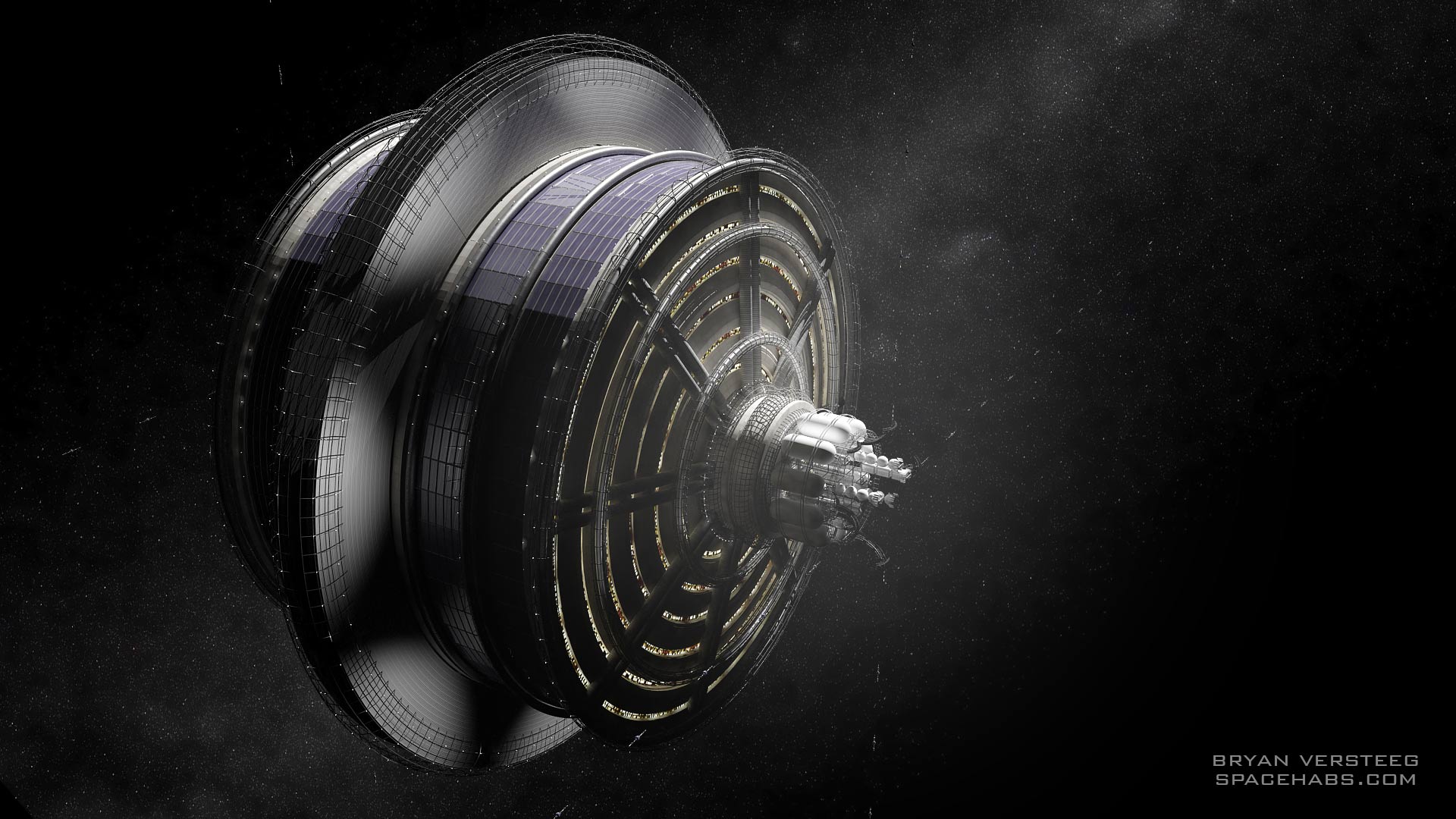
A 5 km settlement radius corresponds roughly to the sweet design spot where earthlike radiation shielding is produced for free by the required structural mass.
Overall, the settlement concept satisfies the following generic requirements for long-term large-scale settling of the solar system:
1g artificial gravity, earthlike atmosphere, earthlike radiation protection. 2. Large enough size so that internals of the settlement exceed a person’s lifetime-integrated capacity to explore. 3. Standard of living reminiscent to contemporary royal families on Earth, quantified by up to 25,000 m2 of urban living area and 2000 m2 of rural area per inhabitant (290,000 square feet per person). 4. Access to other settlements and Earth by spacecraft docking ports, using safe arrival and departure procedures that do not require impulsive chemical propulsion.
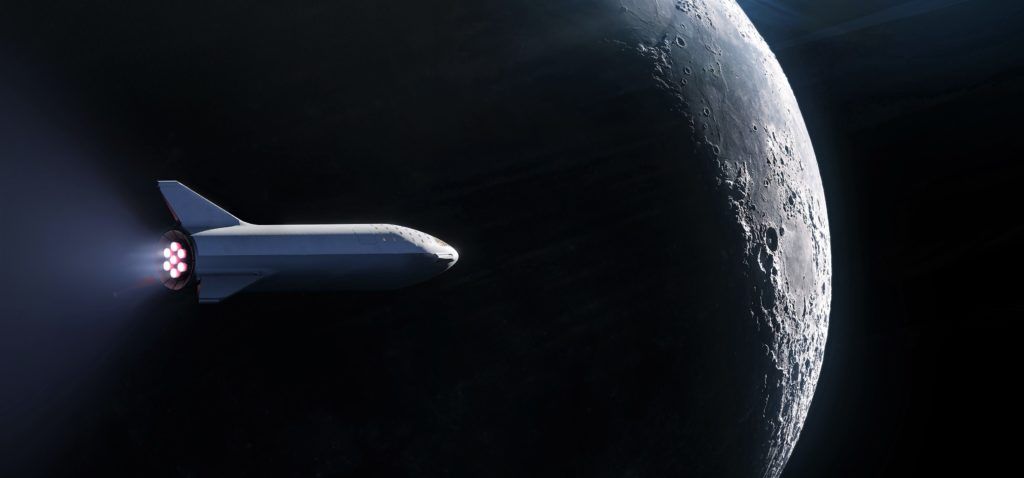
SpaceX is set for a surprise event that is expected to revolve the announcement of a newly-contracted launch planned to send a private individual around the Moon with BFR, potentially queuing up a true race (back) to the Moon between SpaceX and NASA sometime in the early to mid-2020s.
Alongside the official announcement and a fascinating render revealing a dramatically-updated iteration of BFR’s spaceship upper stage, CEO Elon Musk cryptically hinted on Twitter that the private customer could be Japanese, as well as confirming that the spaceship as shown was indicative of a new BFR design.
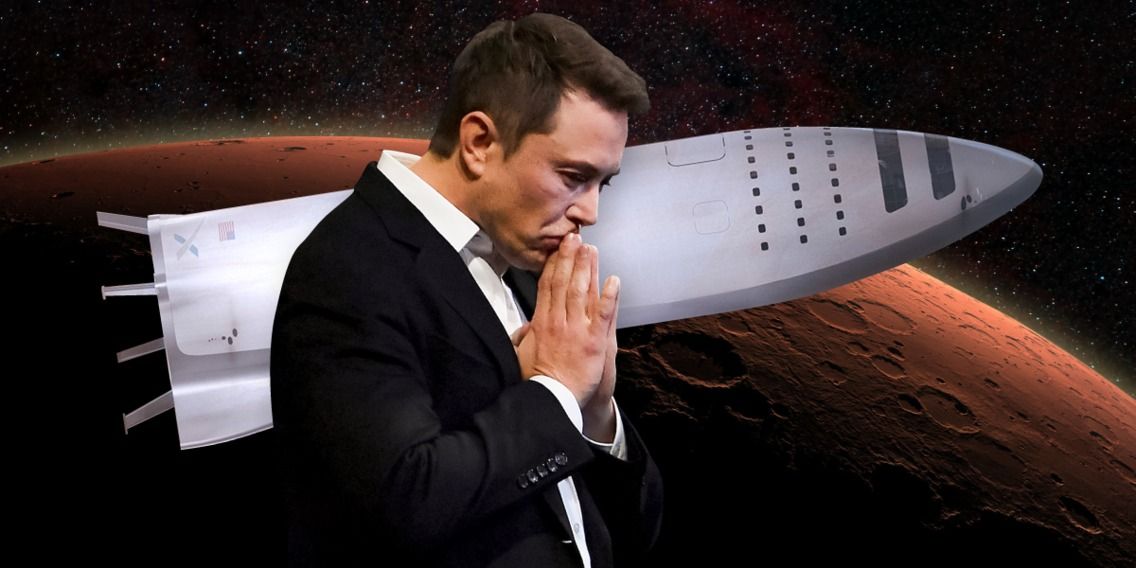
The SpaceX founder Elon Musk plans to blast a tourist around the moon in a new launch system called Big Falcon Rocket, or BFR: a giant spaceship and rocket…

Someday, people across the world will look back on September 2018, much like we look back on the terror attacks of 9/11 or the safe return of Apollo 13 in 1970. They are touchstone moments in world history. For Americans, they are as indelible as Pearl Harbor, the assassination of John F. Kennedy or the first moon landing.
So, what happened just now? The month isn’t even half over, and the only events we hear about on the news are related to Hurricane Florence and Paul Manafort. (In case you live under a rock or are reading this many years hence, the hurricane made landfall on the coast of the Carolinas, and the lobbyist / political consultant / lawyer / Trump campaign chairman pled guilty to charges and has agreed to cooperate in the continuing Mueller investigation).
No—I am not referring to either event on the USA east coast. I am referring to a saga unfolding 254 miles above the Earth—specifically a Whodunit mystery aboard the International Space Station (ISS). NASA hasn’t seen this level of tawdry intrigue since astronaut Lisa Marie Nowak attacked a rival for another astronaut’s affection—driving across the country in a diaper to confront her love interest.
So What is the Big Deal This Week?!
It didn’t begin as a big deal—and perhaps this is why mainstream news services are slow to pick up on the latest information. But now, in my opinion, it is a very big deal.
A small hole was discovered on a Russian Soyuz spacecraft (a lifeboat) attached to the International Space Station. That hole, about the size of a pea, resulted in the slow decompression of atmosphere. The air that our astronauts breathe was leaking out of ISS and into the void of space.
So far, the story is unremarkable. Ground scientists issued two comfort statements about the apparent accident. They addressed the possible cause and the potential risk:
The initial news event was interesting to space buffs, but it didn’t seem to present a significant threat to our astronauts, nor require a massive technical response. You may recall that duct tape played a critical role in getting the Apollo 13 astronauts safely back to Earth almost 50 years ago. The crisis that they faced was far worse. The solution required extensive impromptu engineering both in Houston and up in the spacecraft. What an awesome historical echo and footnote to an event that captured the hearts and minds of so many people back in 1970.
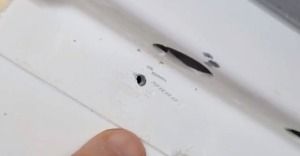 But the story does not end with a piece of duct tape. In fact, it just got much more interesting…
But the story does not end with a piece of duct tape. In fact, it just got much more interesting…
After a few days, NASA revealed that the hole was intentionally drilled, and the deed probably occurred while the ship was docked at the space station. Since there is no log of activity with tools in this section of the laboratory, it strongly suggests an act of sabotage by one of the astronauts on board.
And now, we have some new information: Guided by ground engineers, astronauts fished an endoscope through the hole to inspect the outside of the spacecraft. Guess what?! That same drill bit damaged the meteorite shield which stands 15 mm beyond the pressurized hull of the spacecraft. This will add significant risk to anyone traveling back to earth in the damaged ship.
Philip Raymond co-chairs CRYPSA, hosts the New York Bitcoin Event and is keynote speaker at Cryptocurrency Conferences. He sits on the New Money Systems board of Lifeboat Foundation and is a top Bitcoin writer at Quora. Book a presentation or consulting engagement.
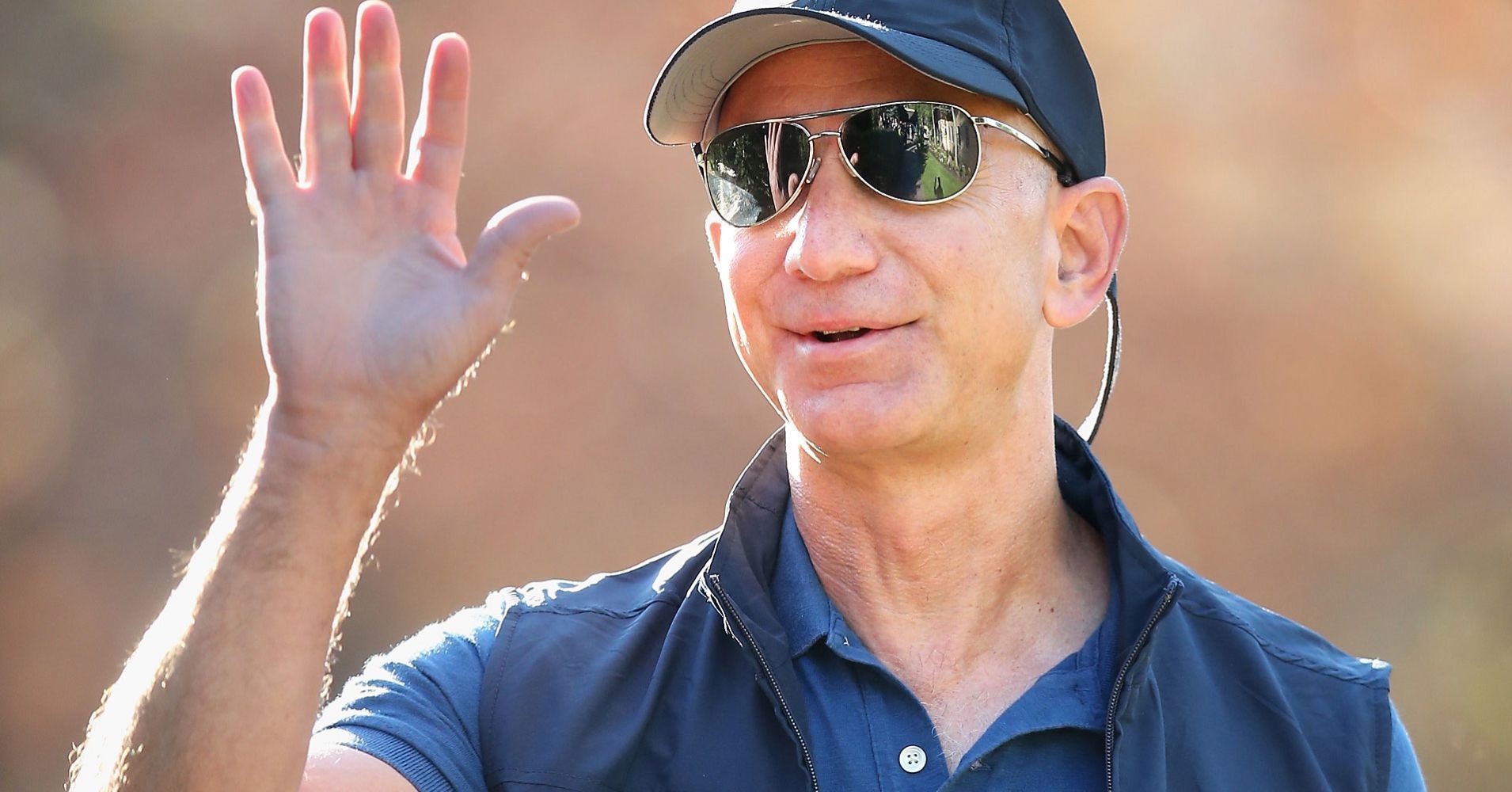
The fund will launch with a $2 billion commitment, split between the Day 1 Families Fund — helping homeless families — and the Day 1 Academies Fund — creating a “network of new, non-profit, tier-one preschools in low-income communities,” Bezos said.
As CEO of Amazon, founder of rocket company Blue Origin and owner of The Washington Post, Bezos is the wealthiest man in modern history, with a net worth of at least $150 billion.
Critics have long called for him to put his billions toward philanthropic efforts.
In June, Bezos teased that he had identified two areas of focus for future charitable endeavors.
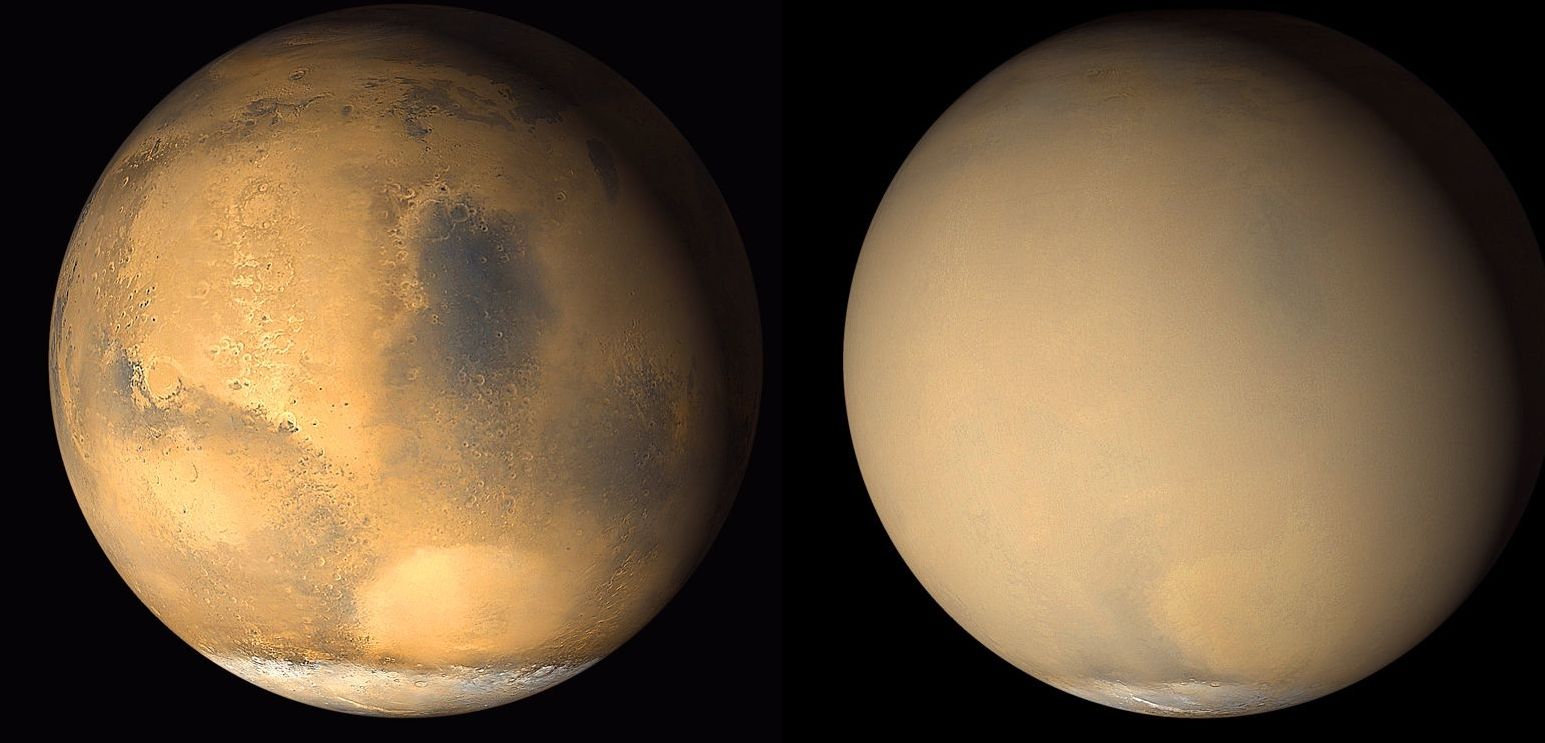
The dust is settling on the Red Planet. Is the remaining Mars Exploration Rover about to rise and shine after three months of slumber? MER Project Manager John Callas returns with a realistic yet hopeful assessment. He also tells us what Opportunity will be asked to do after we hear from her. Planetary Society Senior Editor Emily Lakdawalla returns with a preview of China’s next two missions to the Moon, one of which will make the first-ever farside landing. How close is the nearest black hole? We’ll get the answer as Bruce and Mat explore the night sky in this week’s What’s Up.

The latest in a series of small but significant steps puts the Philippines much closer to making a giant leap into the space age.
National Space Development Program (NSDP) lead Dr. Rogel Mari Sese revealed that Senate Bill 1983, which aims to establish the country’s very own space agency, was successfully sponsored by Sen. Bam Aquino to the Senate Plenary Session. Sen. Loren Legarda and Sen. Tito Sotto co-authored the bill, which has been in the works for years.
JUST IN: Senate Bill 1983 An Act Establishing the Philippine Space Development and Utilization Policy and Creating the…
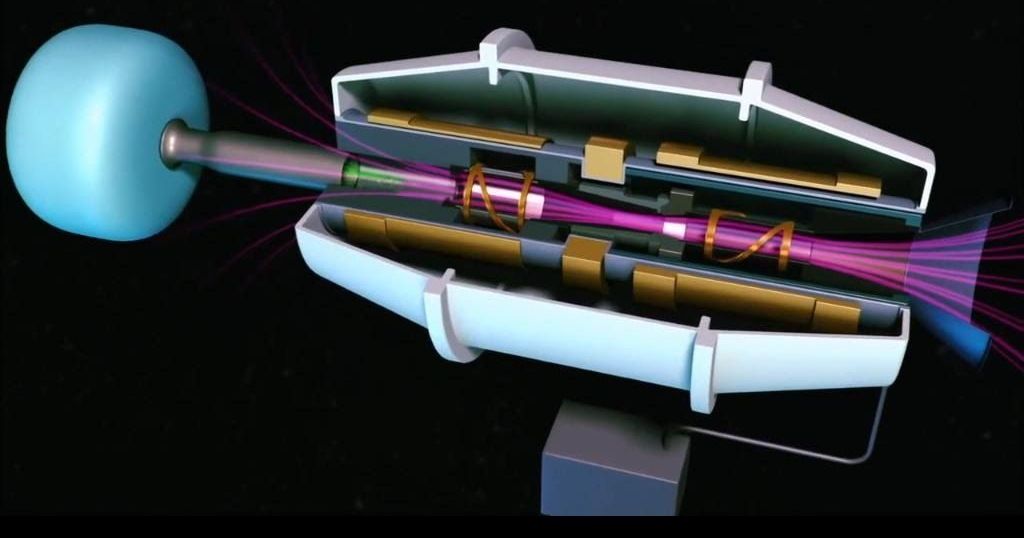
https://youtube.com/watch?v=TiZuG9K_xso
NASA recently delivered $10 million in funding to Ad Astra Rocket Company of Texas for further development of its Variable Specific Impulse Magnetoplasma Rocket (VASIMR), an electromagnetic thruster proficient of propelling a spaceship to Mars in just 39 days. NASA’s funding was part of the “12 Next Space Technologies for Exploration Partnership.”
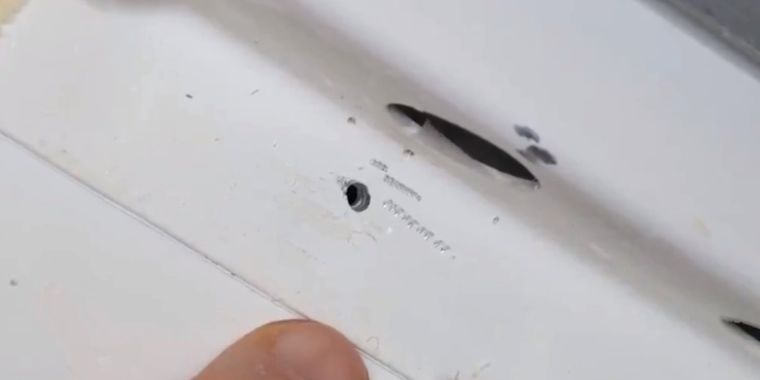
The Soyuz manufacturing issue represents another significant problem for the Russian space agency’s suppliers and its quality control processes. Already, the manufacturer of Proton rockets, Khrunichev, has had several serious problems that have led to launch failures. Rogozin was recently installed as the leader of Roscosmos to try to clean up corruption and address these kinds of issues.
He has his work cut out for him.
“We want to find out the full name of who is at fault—and we will.”